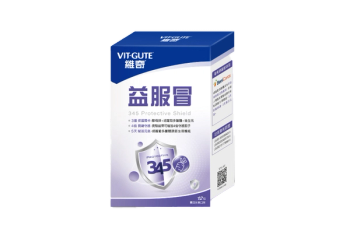
New Study: Does Beta-Glucan Structure Affect Efficacy?
A new study demonstrates that beta-glucan size and molecular structure are critical to receptor binding and the resulting innate immune-cell response.
Beta-glucans are often touted for their immune-supporting capabilities. Now, a new study,
In particular, the researchers found that specific beta-glucan structures bind to the receptor Dectin-1, while other beta-glucan structures do not. Dectin-1 is instrumental in microbial-killing responses by distinguishing between direct microbial contact and detection of microbes at a distance.
“This research demonstrates that the structure of beta-glucans matters,” says William Grossman, MD, PhD, senior vice president of research and development for Biothera (Eagan, MN), which markets its Wellmune WGP immune-health beta-glucan ingredient. “Even slight molecular differences in beta-glucans affect the signaling pathways used to induce different killing mechanisms. These data expand on our previous research showing that some of our other beta-glucan structures bind to CR3, inducing separate and unique mechanisms.”
The company says that when bound to its Wellmune WGP structure, Dectin-1 signaling prepares immune cells for phagocytosis, a mechanism used to recognize and destroy pathogens.
Newsletter
From ingredient science to consumer trends, get the intel you need to stay competitive in the nutrition space—subscribe now to Nutritional Outlook.





